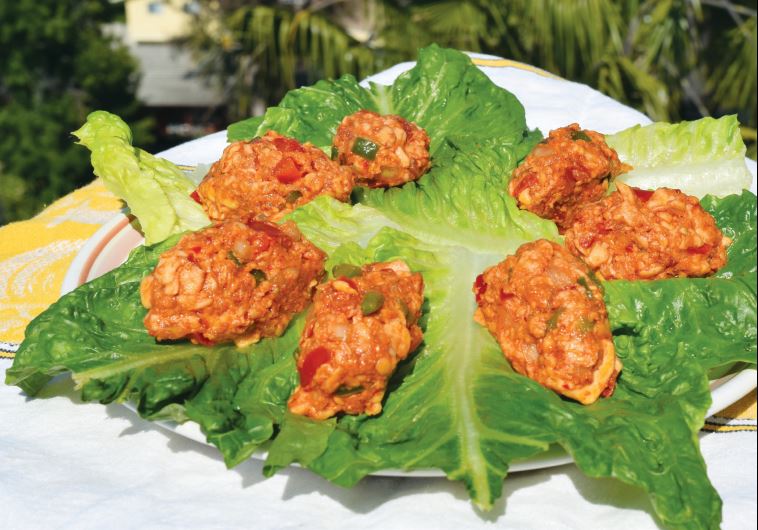Vegetable cooking, Turkish style
Although the city is famous for its kebabs and other meat dishes, our class featured vegetable specialties of Gaziantep.
 Gaziantep-style omaç – Spicy tomato-bread-cheese balls(photo credit: YAKIR LEVY)Updated: Read More
Gaziantep-style omaç – Spicy tomato-bread-cheese balls(photo credit: YAKIR LEVY)Updated: Read More